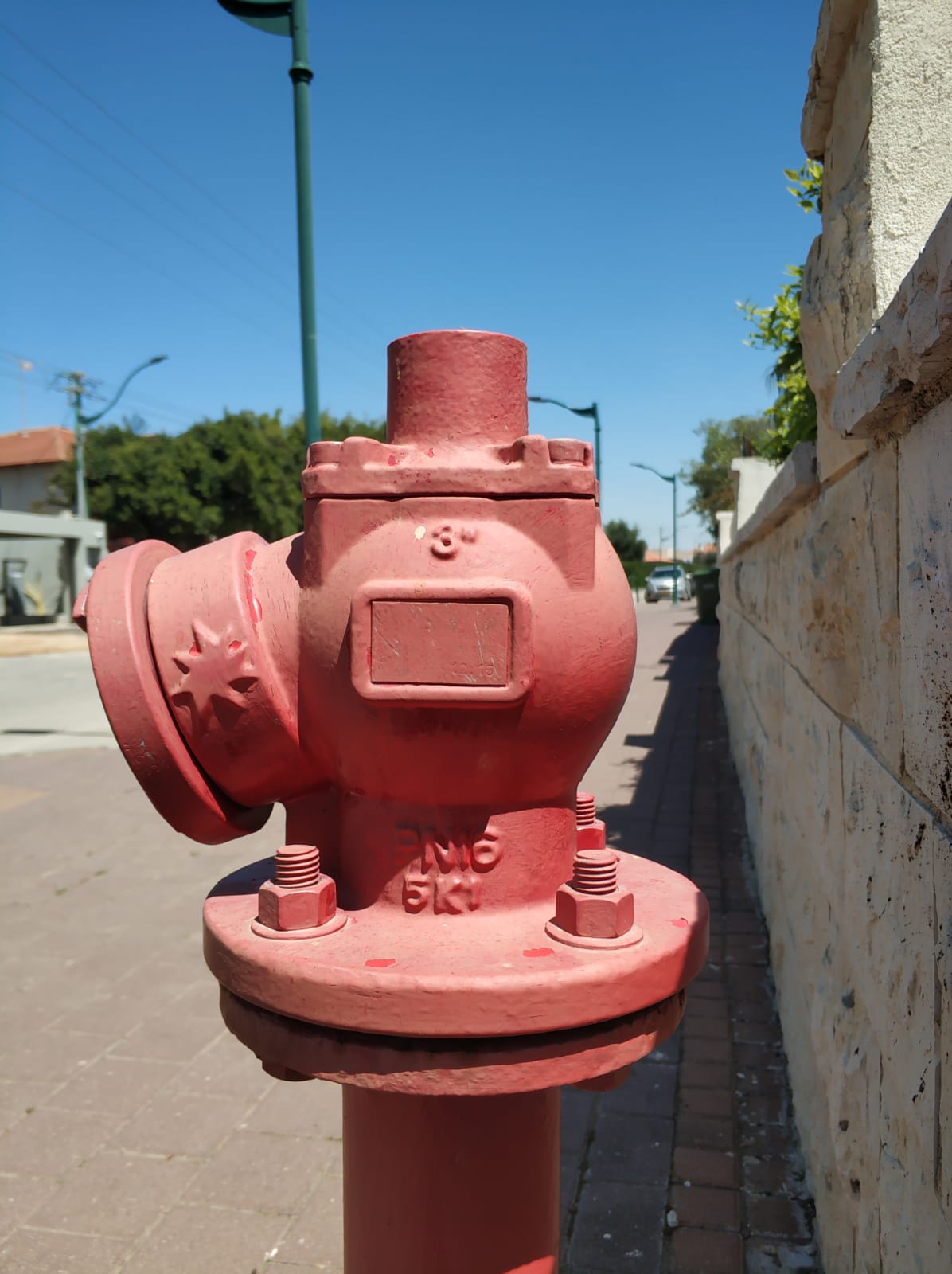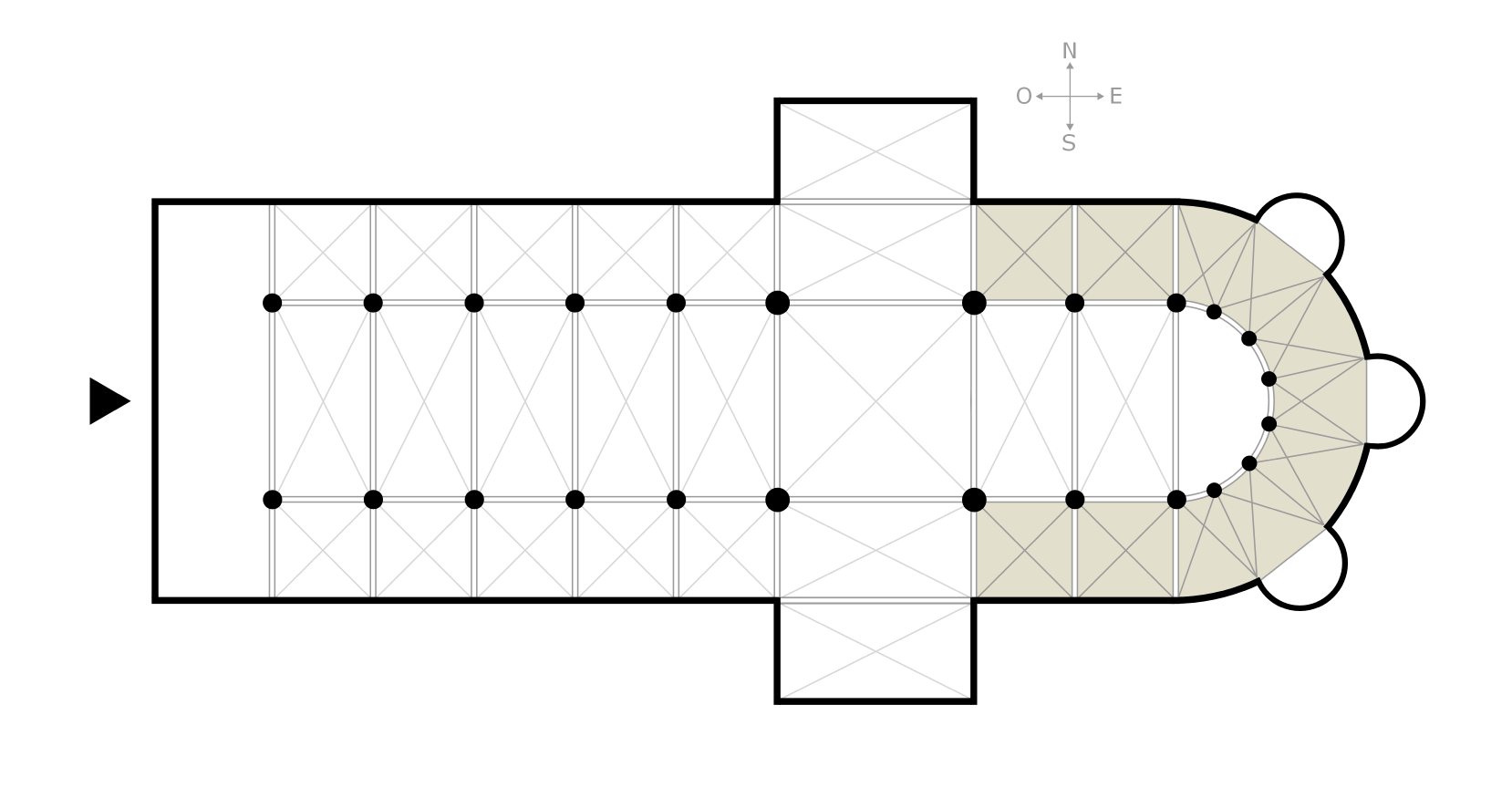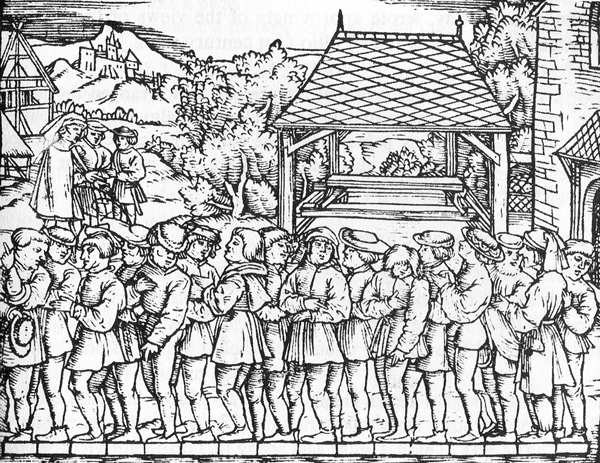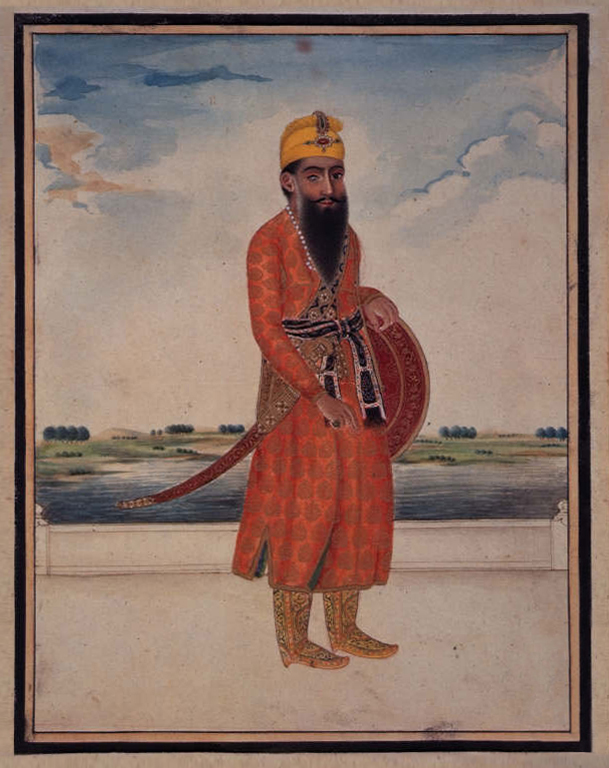|
Tomb Of Nadira Begum
The Tomb of Nadira Begum () is a Mughal era tomb in the city of Lahore, Pakistan, which houses the tomb of Mughal princess Nadira Banu Begum, wife of Prince Dara Shikoh. Background Nadira was the wife of Dara Shikoh, who served as the governor of Lahore in the 1640s. In 1659, Dara was fighting his brother Aurangzeb for the Mughal throne. After Dara's defeat in the Battle of Deorai, he and his wife tried to flee to Iran through the Bolan Pass, but Nadira died of dysentery and exhaustion. Though Dara's troops were depleted, he sent his remaining soldiers to carry his wife's body from the pass to Lahore, to be buried near the shrine of Mian Mir, whom both considered to be their "spiritual guide". History The tomb is believed to have been robbed of all costly marbles and semi-precious stones during Ranjit Singh's rule, leaving it in a "dilapidated" state. The tomb is also a prey to "contemporary vandalism" which is evident from the gaudy graffiti on the mausoleum "with the ug ... [...More Info...] [...Related Items...] OR: [Wikipedia] [Google] [Baidu] |
Mughal Architecture
Mughal architecture is the style of architecture developed in the Mughal Empire in the 16th, 17th and 18th centuries throughout the ever-changing extent of their empire in the Indian subcontinent. It developed from the architectural styles of earlier Indo-Islamic architecture and from Iranian architecture, Iranian and Architecture of Central Asia, Central Asian architectural traditions, particularly Timurid architecture. It also further incorporated and syncretized influences from wider Architecture of India, Indian architecture, especially during the reign of Akbar (r. 1556–1605). Mughal buildings have a uniform pattern of structure and character, including large bulbous domes, slender minarets at the corners, massive halls, large vaulted gateways, and delicate ornamentation. Examples of the style are found mainly in modern-day India, Pakistan, Bangladesh, and Afghanistan. The Mughal dynasty was established after the victory of Babur at First Battle of Panipat, Panipat in 1526 ... [...More Info...] [...Related Items...] OR: [Wikipedia] [Google] [Baidu] |
Graffiti
Graffiti (singular ''graffiti'', or ''graffito'' only in graffiti archeology) is writing or drawings made on a wall or other surface, usually without permission and within public view. Graffiti ranges from simple written "monikers" to elaborate wall paintings, and has existed since ancient times, with examples dating back to ancient Egypt, ancient Greece, and the Roman Empire. Modern graffiti is a controversial subject. In most countries, marking or painting property without permission is considered vandalism. Modern graffiti began in the New York City subway system and Philadelphia in the early 1970s and later spread to the rest of the United States and throughout the world. Etymology "Graffiti" (usually both singular and plural) and the rare singular form "graffito" are from the Italian word ''graffiato'' ("scratched"). In ancient times graffiti were carved on walls with a sharp object, although sometimes chalk or coal were used. The word originates from Greek —''gr ... [...More Info...] [...Related Items...] OR: [Wikipedia] [Google] [Baidu] |
Mughal Tombs
Mughal or Moghul may refer to: Related to the Mughal Empire * Mughal Empire of South Asia between the 16th and 19th centuries * Mughal dynasty * Mughal emperors * Mughal people, a social group of Central and South Asia * Mughal architecture * Mughlai cuisine ** Mughlai paratha, a street food * Mughal painting * Grand Mughal, exonymous title given to the Mughal emperors * Great Mogul Diamond * '' Empire of the Moghul'', historical fiction novel series by Alex Rutherford ** ''Moghuls'' (TV series) or ''The Empire'', Indian TV series based on the novels Other uses * Moghulistan in Central Asia ** Moghol people * Moghul, Iran, a village * Mughal Khel, a sub-tribe of Yousafzai Pashtuns settled in Ghoriwala, Bannu. * Mirza Mughal (1817–1857), a Mughal prince * Arjumman Mughal, Indian actress * Chaya Mughal, Indian cricketer * Farooq Mughal, American politician from Georgia * Fiyaz Mughal, founder of Tell MAMA * Tehmasp Rustom Mogul, Indian sailor * Mughal Road, road in Jammu and Kas ... [...More Info...] [...Related Items...] OR: [Wikipedia] [Google] [Baidu] |
Mausoleums In Punjab, Pakistan
A mausoleum is an external free-standing building constructed as a monument enclosing the burial chamber of a deceased person or people. A mausoleum without the person's remains is called a cenotaph. A mausoleum may be considered a type of tomb, or the tomb may be considered to be within the mausoleum. Overview The word ''mausoleum'' (from the ) derives from the Mausoleum at Halicarnassus (near modern-day Bodrum in Turkey), the grave of King Mausolus, the Persian satrap of Caria, whose large tomb was one of the Seven Wonders of the Ancient World. Mausolea were historically, and still may be, large and impressive constructions for a deceased leader or other person of importance. However, smaller mausolea soon became popular with the gentry and nobility in many countries. In the Roman Empire, these were often in necropoles or along roadsides: the via Appia Antica retains the ruins of many private mausolea for kilometres outside Rome. When Christianity became dominant, m ... [...More Info...] [...Related Items...] OR: [Wikipedia] [Google] [Baidu] |
Tombs In Lahore
A tomb ( ''tumbos'') or sepulchre () is a repository for the remains of the dead. It is generally any structurally enclosed interment space or burial chamber, of varying sizes. Placing a corpse into a tomb can be called ''immurement'', although this word mainly means entombing people alive, and is a method of final disposition, as an alternative to cremation or burial. Overview The word is used in a broad sense to encompass a number of such types of places of interment or, occasionally, burial, including: * Architectural shrines – in Christianity, an architectural shrine above a saint's first place of burial, as opposed to a similar shrine on which stands a reliquary or feretory into which the saint's remains have been transferred * Burial vault – a stone or brick-lined underground space for multiple burials, originally vaulted, often privately owned for specific family groups; usually beneath a religious building such as a * Church * Cemetery * Churchyard * Ca ... [...More Info...] [...Related Items...] OR: [Wikipedia] [Google] [Baidu] |
Nastaliq
''Nastaliq'' (; ; ), also Romanization of Persian, romanized as ''Nastaʿlīq'' or ''Nastaleeq'' (), is one of the main book hand, calligraphic hands used to write Arabic script and is used for some Indo-Iranian languages, predominantly Persian language#Classical Persian, Classical Persian, Kashmiri language, Kashmiri, Shahmukhi, Punjabi and Urdu. It is often used also for Ottoman Turkish poetry, but rarely for Arabic. ''Nastaliq'' developed in Iran from ''Naskh (script), naskh'' beginning in the 13th century and remains widely used in Iran, India, Afghanistan, Pakistan, and other countries for written poetry and as a form of art. History The name ''Nastaliq'' "is a contraction of the Persian (), meaning a hanging or suspended ''Naskh (script), naskh.''" Virtually all Safavid Iran, Safavid authors (like Dust Muhammad or Ahmad Monshi Ghomi, Qadi Ahmad) attributed the invention of to Mir Ali Tabrizi, who lived at the end of the 14th and the beginning of the 15th century. Tha ... [...More Info...] [...Related Items...] OR: [Wikipedia] [Google] [Baidu] |
Quran
The Quran, also Romanization, romanized Qur'an or Koran, is the central religious text of Islam, believed by Muslims to be a Waḥy, revelation directly from God in Islam, God (''Allah, Allāh''). It is organized in 114 chapters (, ) which consist of individual verses ('). Besides its religious significance, it is widely regarded as the finest work in Arabic literature, and has significantly influenced the Arabic, Arabic language. It is the object of a modern field of academic research known as Quranic studies. Muslims believe the Quran was orally revealed by God to the final Islamic Prophets and messengers in Islam, prophet Muhammad in Islam, Muhammad through the Angel#Islam, angel Gabriel#Islam, Gabriel incrementally over a period of some 23 years, beginning on the Night of Power, Laylat al-Qadr, when Muhammad was 40, and concluding in 632, the year of his death. Muslims regard the Quran as Muhammad's most important Islamic view of miracles, miracle, a proof of his prophet ... [...More Info...] [...Related Items...] OR: [Wikipedia] [Google] [Baidu] |
Inch
The inch (symbol: in or prime (symbol), ) is a Units of measurement, unit of length in the imperial units, British Imperial and the United States customary units, United States customary System of measurement, systems of measurement. It is equal to yard or of a foot (unit), foot. Derived from the Uncia (unit), Roman uncia ("twelfth"), the word ''inch'' is also sometimes used to translate similar units in other measurement systems, anthropic units, usually understood as deriving from the width of the human thumb. Standards for the exact length of an inch have varied in the past, but since the adoption of the international yard during the 1950s and 1960s the inch has been based on the metric system and defined as exactly 25.4Millimetre, mm. Name The English word "inch" () was an early borrowing from Latin ' ("one-twelfth; Roman inch; Roman ounce"). The vowel change from Latin to Old English (which became Modern English ) is known as Germanic umlaut, umlaut. The consonant c ... [...More Info...] [...Related Items...] OR: [Wikipedia] [Google] [Baidu] |
Ambulatory
The ambulatory ( 'walking place') is the covered passage around a cloister or the processional way around the east end of a cathedral or large church and behind the high altar. The first ambulatory was in France in the 11th century but by the 13th century ambulatories had been introduced in England and many English cathedrals were extended to provide an ambulatory. The same feature is often found in Indian architecture and Buddhist architecture generally, especially in older periods. Ritual circumambulation or parikrama around a stupa or cult image is important in Buddhism and Hinduism. Often the whole building was circumambulated, often many times. The Buddhist chaitya hall always allowed a path for this, and the Durga temple, Aihole (7th or 8th century) is a famous Hindu example. The term is also used to describe a garden feature in the grounds of a country house. A typical example is the one shown, which stands in the grounds of Horton Court in Gloucestershire, England. File:A ... [...More Info...] [...Related Items...] OR: [Wikipedia] [Google] [Baidu] |
Foot (unit)
The foot (standard symbol: ft) is a Units of measurement, unit of length in the imperial units, British imperial and United States customary units, United States customary systems of metrology, measurement. The prime (symbol), prime symbol, , is commonly used to represent the foot. In both customary and imperial units, one foot comprises 12 inches, and one yard comprises three feet. Since international yard and pound, an international agreement in 1959, the foot is defined as equal to exactly 0.3048 meters. Historically, the "foot" was a part of many local systems of units, including the Ancient Greek units of measurement, Greek, Ancient Roman units of measurement, Roman, Chinese units of measurement, Chinese, Units of measurement in France before the French Revolution, French, and English units, English systems. It varied in length from country to country, from city to city, and sometimes from trade to trade. Its length was usually between 250 mm and 335 mm and ... [...More Info...] [...Related Items...] OR: [Wikipedia] [Google] [Baidu] |
University Of The Punjab
The University of the Punjab (UoP) is a public university, public research university in Lahore, Punjab, Pakistan, Punjab, Pakistan. Founded in 1882, its international influence has made it one of the most prestigious universities in South Asia; being the oldest and largest public sector one in the wider Punjab, Punjab region, as well as in Pakistan. The first meeting of the University's Senate was on 14 October 1882 at Shimla, Simla, which marked the formal establishment of the university. Punjab University was the fourth university to be established by the British colonial authorities in the Indian subcontinent; the first three universities were established in other parts of British India. There are 45,678 students (27,907 morning students, 16,552 evening students and 1,219 diploma students). The university has 19 faculties of which there are 138 academic departments, research centres, and institutes. Punjab University has ranked first among large-sized multiple faculty uni ... [...More Info...] [...Related Items...] OR: [Wikipedia] [Google] [Baidu] |
Ranjit Singh
Ranjit Singh (13 November 1780 – 27 June 1839) was the founder and first maharaja of the Sikh Empire, in the northwest Indian subcontinent, ruling from 1801 until his death in 1839. Born to Maha Singh, the leader of the Sukerchakia Misl, Ranjit Singh survived smallpox in infancy but lost sight in his left eye. At the age of ten years old, he fought his first battle alongside his father. After his father died around Ranjit's early teenage years, he became leader of the Misl. Ranjit was the most prominent of the Sikh leaders who opposed Zaman Shah, the ruler of Durrani Empire, during his third invasion. After Zaman Shah's retreat in 1799, he captured Lahore from the Sikh triumvirate which had been ruling it since 1765. At the age of 21, he was formally crowned at Lahore. Before his rise, the Punjab had been fragmented into a number of warring Sikh (known as misls), Muslim and Hindu states. A large part of Punjab was under direct Durrani control. By 1813, Ranjit Sin ... [...More Info...] [...Related Items...] OR: [Wikipedia] [Google] [Baidu] |










